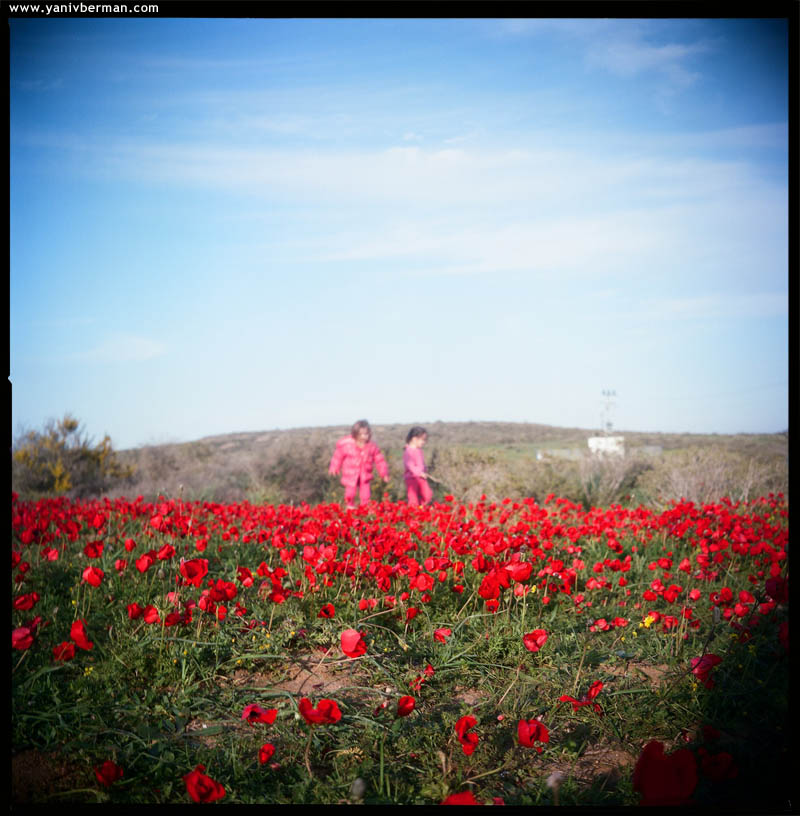My Photographic Time Tunnel - Voigtländer Brillant
During the worst of Second World War, Nahum Valach escaped, together with his twin brother and father from the Polish city of Lodz that was captured by the German army. Just before reaching the border, Kalman, Nahum’s brother, decided to go back to Lodz to bring his girlfriend. On their way back to regroup they were caught by a border patrol that separated them and sent them to prison in Kazakhstan. Kalman and his girlfriend never met again. When reaching safety in Russia, Nahum and his father were sent to Komi ASSR and assigned to hard manual labor. Nahum’s father couldn’t survive the impossible cold winter and died from an illness. After a period of working in the woods, Nahum was sent to work in his field of expertise – accounting. His supervisor at the factory was a beautiful Russian woman called Raya. The two got to know each other and eventually got married. When the war ended they decided it was better for them to escape communist Russia. They bundled their two years old child Lea, and sneaked through the western border. They traveled all the way to central Europe, and by 1947 they’ve reached Munich and decided to settle there for awhile. Nahum worked for a Zionist organization for two years, and by 1949 the family finally decided it was best for them to go to Israel. In Israel Nahum was finally reunited with his twin brother Kalman and his sister Tola. Both of his parents didn’t make it through the war.

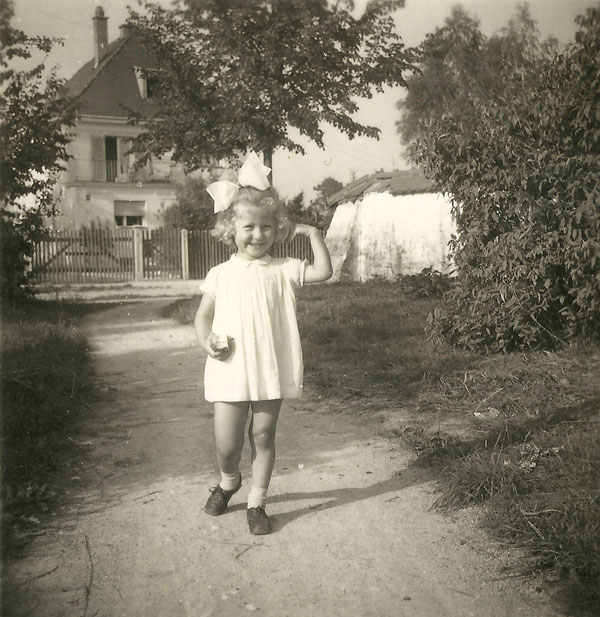
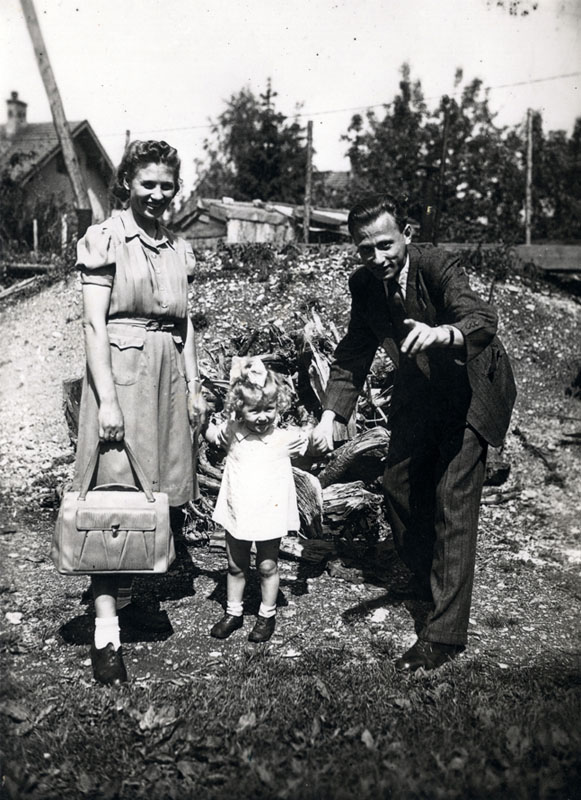
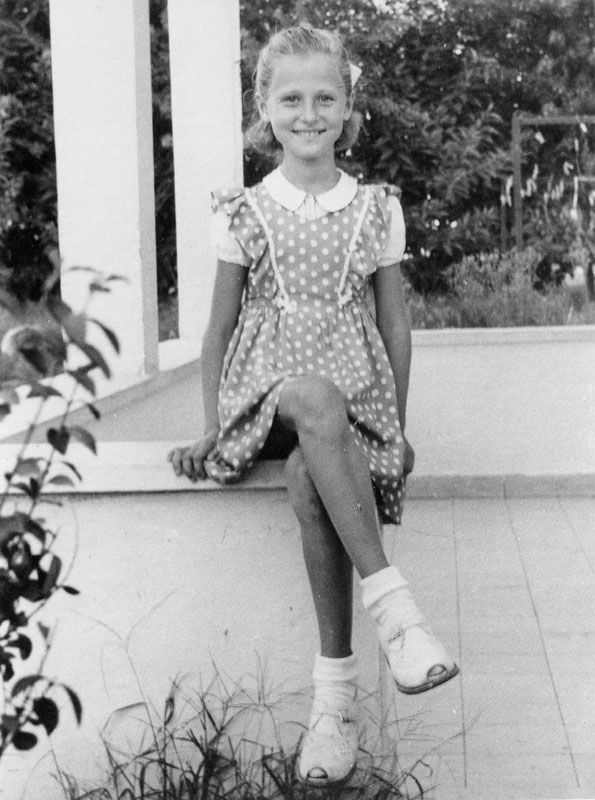
Among the few things Nahum took with him from Germany was his Voigtländer Brillant camera. At the early 50th Nahum still used the camera, taking pictures of his growing family. When he and his family settled down, Nahum decided to get rid of all of his German’s possessions. He didn’t want anything to do with the country that was responsible for his parent’s death. But somehow the Voigtländer stayed in its place, hidden inside the closet. More than 60 years later, Lea, Nahum’s daughter, found the camera stored at the cellar of her house in Herzliyya. Fortunately she decided to give me a call and let me try it out.
When I first took the Voigtländer in my hands I was very surprised how this 67 years old camera still looks so fresh. After a closer examination I realized the body of the camera is made from Bakelite, which is the first plastic substance that was developed at 1907. As opposed to the body of the camera, the shutter didn’t work properly and the lens was foggy. I took it as an opportunity to visit my friend Doron, who fixed Soskin’s Rollieflex for me. This time it didn’t take much to convince Doron to work the camera. Doron took the little parts apart and cleaned the taking lens and the viewfinder glass and lens. The shutter mechanism was in a bad condition, and I asked him not to dismantle it, in fear it will be ruined. After some adjustments it was permanently set for 1/75. With a maximum aperture of f/7.7 this camera could be used only in full day light.

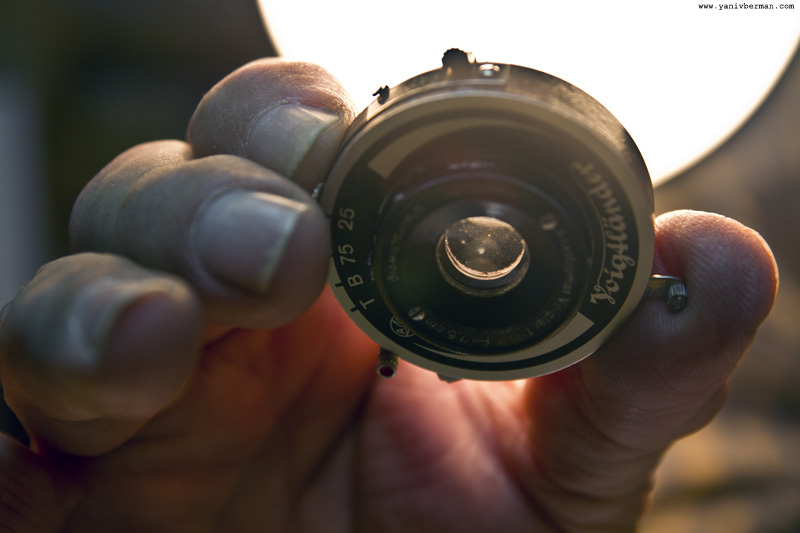
Before loading the camera with 120 film, I did a short research about Voigtländer. I was very surprised to reveal that Voigtländer Company was founded in Vienna in 1756! The founder was Johann Christoph Voigtländer who built it originally as an optical company. During the years the company success with camera lenses pushed it forward into making cameras. Voigtländer great achievements were the first all-metal camera in 1849, the first zoom lens (36-82/2.8) in 1960, and the first compact camera with built-in electronic flash in 1965. In 1956 Voigtländer was bought by the Carl Zeiss Foundation, and in 1966 it was sold to Rollei. The brand name Voigtländer is still active, and today it’s owned by Ringfoto, what makes it the oldest name in the cameras industry.
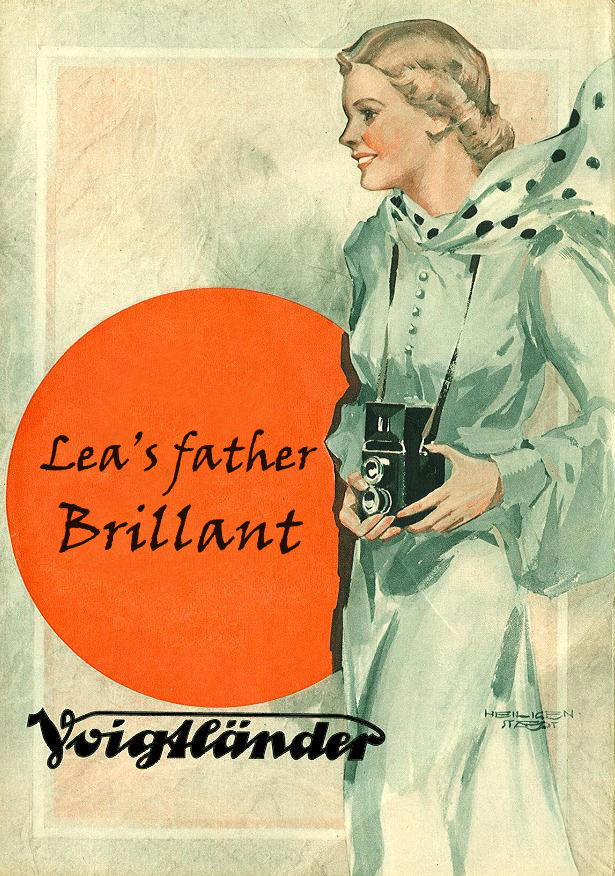

Though making many groundbreaking photographic products, the Voigtländer Brillant is not such a surprise. It resembles a TLR (Twin-lens reflex) camera, but it is just a box camera with non-identical twin lens that serves as a viewfinder. That means you can watch the view through the viewfinder nice “Brillant finder” but you have to do the distance measuring by yourself, and then set the focus of the 75mm taking lens. The Voigtländer Brillant was first introduced in 1932 and went through a series of changes through the years. Nahum bought his Voigtländer Brillant at around 1947, and with some of his camera specifics I can relate it to the V6 series.
Soon after I loaned Nahum’s Voigtländer Brillant I had to go for my annual reserve training. This year it fell on February, probably the coldest month in the year, especially at the area of the Negev desert. Though I really didn’t want to go, the idea of taking the Voigtländer Brillant for a shootout, gave the ordeal a whole new perspective. On the field it turned out to be just an extra weight, having to carry the heavy camera on my back without knowing if it works properly.








Seeing the results I’ve got from the Voigtländer Brillant, it gave me the feeling that I jumped forward in time and the photos I took only a week ago at the desert are at least 30 years ago. I’ve got a similar feeling when looking at the old photos Lea’s father took in Munich at the late 40th, only with the black and white photos the time span is indeed very long. Once again I was reminded how cameras and photos play with our mind and memories. Lea’s father Nahum died in 1991 but her mother Raya is here with us, and very much alive. Reviving the old Voigtländer Brillant brought back some stories and memories. Old photos were scanned and narratives were re-told and re-written. Though we live the moment only one time, that moment could leave a ghost behind. These stories are about those ghosts.
